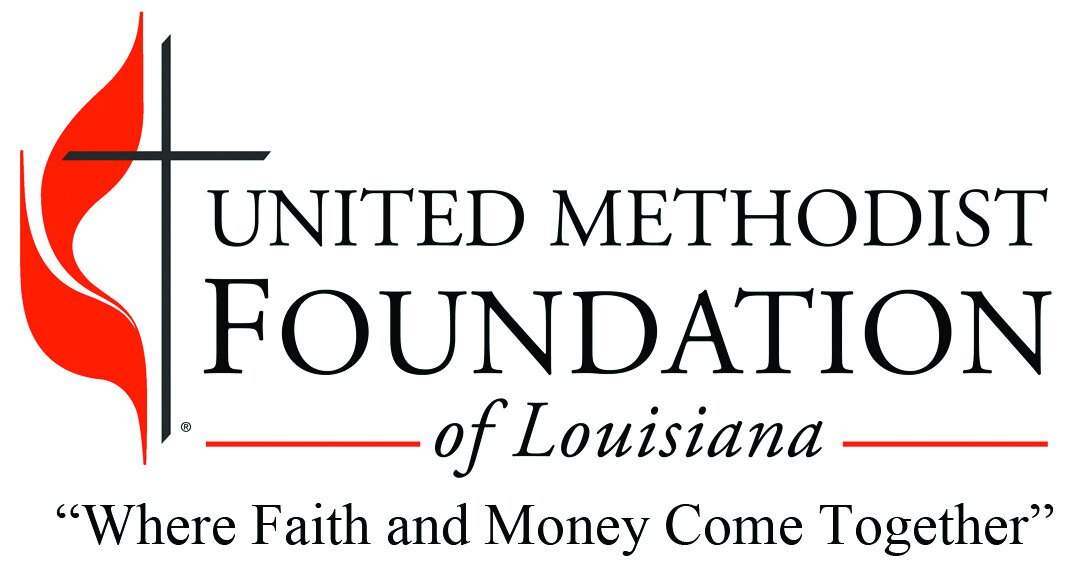10 Reasons Churches Should Have a Ministry of Legacy Giving
By Chris McLeod, Planned Giving
The Greatest Generation is disappearing; the Great Wealth Transfer is taking place.
Younger donors give differently or not at all. Annual operating costs of churches are increasing exponentially due to health care expenses and physical campuses suffering from deferred maintenance.
A simple legacy planned giving initiative can build a pipeline of major gifts that will grow a church’s endowment and provide long-term stability. Here are the ten top reasons why:
1. Legacy giving manages risks.
The most generous members in a church congregation are often it’s oldest. What would happen if the three most generous members were to die in the same year?
2. Legacy giving conversations can be transformational for the church and the member.
The desire to make a difference is almost universal, regardless of one’s religious tradition. Your members are already making legacy gifts to World Vision, the Salvation Army and their Alma maters. Why? Because they’ve been asked.
3. Legacy giving can unlock the generosity of your congregation.
National research shows that donors with documented bequests give twice as much annually as donors who have not made a bequest.
4. Many families want to document and celebrate their family’s history with the church.
The opportunity to create a named endowment for outreach, education, pastoral sabbaticals, facilities or music excellence is timeless way for families to document their history with the church.
5. Increase Return on Investment (ROI)
Members who have attended a church for 15 or more years have a greater “investment” in the church. A planned gift is often the largest gift a member makes in his/her lifetime since such gifts usually are made from a member’s assets, not their annual income.
6. Legacy Giving is a healing ministry.
Many church members suffer from the “wounds of wealth” and feel burdened by decisions about the distribution of their assets at their death. They may be inspired by the opportunity to express their values by making a significant bequest to the church.
7. Imagine a “blue sky scenario.”
What could your church do differently if you learned that one of your long-time members left the church an unrestricted $5 million bequest? It happens.
8. Legacy giving is a lot less complicated than you think.
You do not need to master the technical aspects of planned giving to launch a legacy giving initiative. And you can begin with a simple gift and estate planning education.
9. Talking to members about the importance of a will is a ministry to families.
Today, more than 55% of individuals do not have a will. The Church can convene legacy conversations in Sunday school or workshops that provide parents with support to make these important decisions, and help them avoid the hardships and heartbreak of probate.
10. Legacy giving is the most inclusive strategy for giving.
Many older members hold the majority of their wealth in liquid assets such as land, small businesses or collectibles. And many single, divorced or widowed women demonstrate their devotion to their “church family” by means of a significant bequest.
According to a donor survey conducted by the Partnership in Philanthropic Planning, 70% of donors who make a legacy gift, do so because they are asked.
Make it your ministry to ask.
